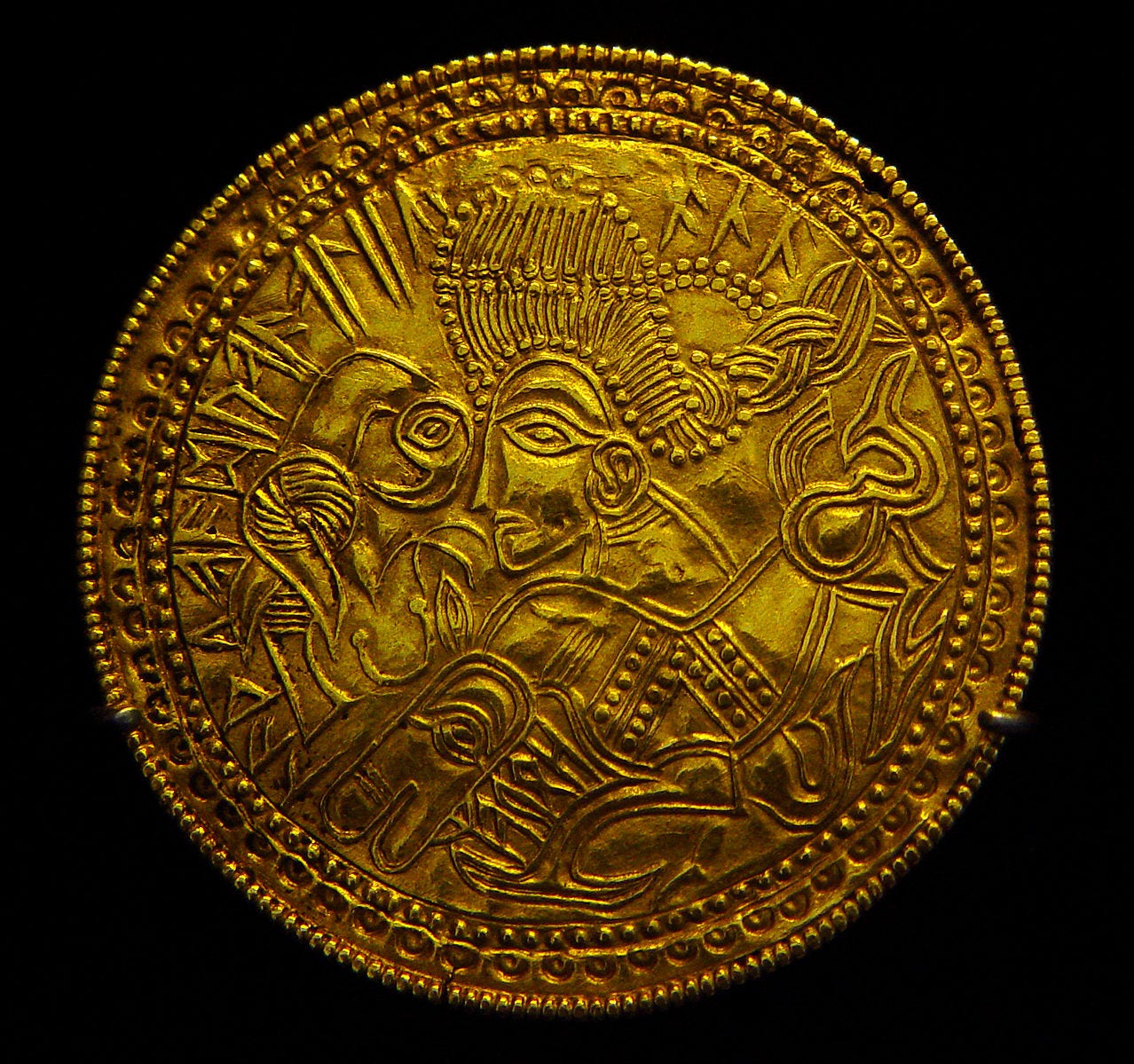On Migration Events
Holy Land archaeologist and British Museum curator Rupert L. Chapman III, Ph.D. looks at the most recent wisdom about mass migrations.

Given the current state of affairs at the U.S. southern border, we want to send this post out again. Many of our recent subscribers haven’t seen it, and some of you won’t have had a chance to read it last time. As always, anything from Rupert is incredibly brilliant and a gift to the storehouse of knowledge we need to understand the times we’re living in and make the best decisions about the pathways we take forward.
One of the phenomena that recurs periodically throughout recorded history—which is to say, over the period from around 2500 BCE to the present—is mass migration. In the past, these events have been recognized primarily from their effects, from the comments made by denizens of established states upon the arrival of large groups of nonlocals all at once. Migrations known from records from widely different regions have given rise to the designation Migration Ages. One of these ages affected roughly the last 200 years of the Western Roman Empire, from the 4th to 6th centuries CE.
Only in the last few decades has it become possible to study the causes of such migration events. The study of Arctic ice cores becomes increasingly sophisticated—as does the study of geophysical phenomena, such as the frequency of icebergs, as revealed by the deposits of boulders and other glacial debris on the ocean floor. These, coupled with tree-ring sequences, has made it possible to track and date palaeo-climatic events with increasing accuracy and detail. Also, advances in the study of ancient DNA are yielding the possibility of studying ancient outbreaks of infectious disease from human remains.
What these groups desired was peaceful admission to the Empire—to settle within it and even to serve in its administration and defense. The migrants, whom the Romans … called “barbarians,” wanted nothing more or less than to become Romans.
The result of all of this is that the study of migration events can now be extended back to well before the advent of written history. Historical examples can be examined with greater precision to reveal their causes, which are usually multiple and complex, positive feedback systems in which one factor (for example, climate change) affects other factors (for example, agricultural productivity). These, in turn, affect the health of populations and thus can lead to outbreaks of infectious disease.
In a purely scholarly sense, there is much to be learned from the causes of the present world-wide migration event, which should lead to policy changes which could mitigate the causes and reduce the necessity for the migrations, as well as their effects. Whether such positive policy changes will be made remains to be seen. If there is anything which the historical examples can teach us, it is that attempts to create a solid and impermeable barrier to such migration events are usually completely futile. For example, Egypt managed to fend off the Euro-Anatolian migrants at the end of the Late Bronze Age, but only just, while the rest of the Near East was simply rolled over by the wave. Adaptation to the incomers, although it always takes time and results in a changed economic, social, and political reality, works.
A brief word from us. … Our writers are reader-supported. We would be delighted if you would subscribe, and if you can upgrade to paid, we would be grateful. Our yearly subscribers get a personalized 15-oz PolitiSage cup. Our “model” cup here is personalized for Robert J. Rei, a fellow Substack writer whose work we support.
It is also worth noting that in recent decades, the ongoing study of what is perhaps the best-known such event, the one mentioned above affecting the Western Roman Empire between the 4th and 6th centuries CE, was not, as once thought, a case of vast hordes of people from outside the Empire seeking nothing but destruction and loot. Rather, it was a case of peoples from beyond the boundaries of the Empire being pressured to move into it by other migrant groups from farther (and farther) east. What these groups desired was peaceful admission to the Empire—to settle within it and even to serve in its administration and defense. The migrants, whom the Romans (in the great Greek tradition of self-perceived cultural superiority) called “barbarians,” wanted nothing more or less than to become Romans. It is interesting to note that the term barbarian originally meant people who didn't speak a real language, which is to say Greek—a category which, of course, included the Romans.
In the end, the Western Roman Empire disintegrated, not because of the migration event, but because it had ceased to be a dynamic and administratively effective organization and had become sclerotic and administratively ineffective. The “fall” of the Empire was more the failure of the central administration as control became a matter of who controlled the most powerful block of armed followers rather than who had the most support or was the best administratively. As the central administration disintegrated, what remained were local administrations, far less wealthy and much less effective—but just effective enough to maintain order locally. For the next thousand years, these local administrations would be neither as prosperous nor as generally peaceful as the Roman Empire had been—despite the Empire’s frequent wars over the throne.
Rupert L. Chapman III, Ph.D.
14 May 2023, Devon UK




